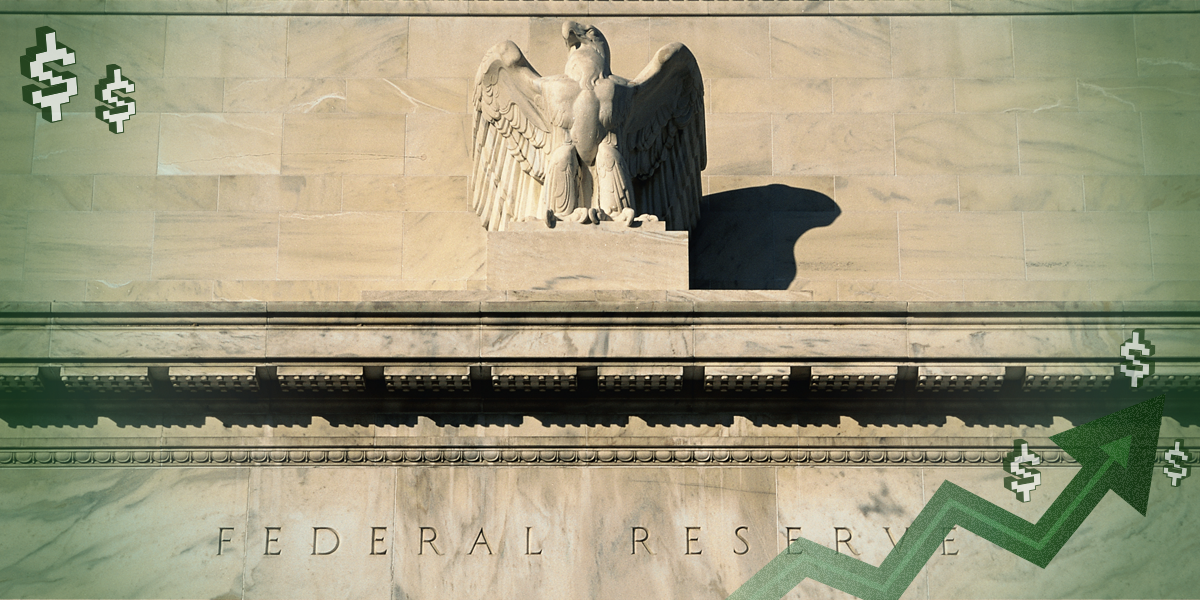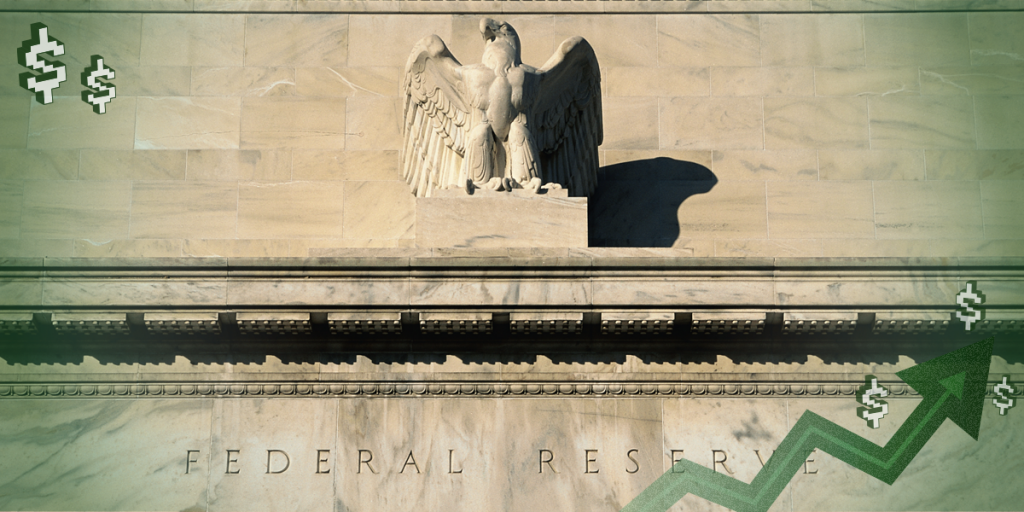
Hisham Ibrahim/Getty
- Quantitative Easing (QE) is a type of non-traditional monetary policy in which a central bank buys a large number of securities to stimulate the economy.
- When QE works well, the increase in the money supply encourages lending, lowers interest rates, and results in economic growth.
- Critics believe prolonged QE can cause dramatic inflation without growth, a condition known as stagflation.
- Visit Insider's Investing Reference library for more stories.
Quantitative easing (QE) is a type of unconventional monetary policy in which a nation's central bank, such as the Federal Reserve, attempts to boost the economy by purchasing a large number of long-term securities in the open market in order to increase the money supply and encourage lending and investment.
"Prior to the financial crisis, the Fed implemented monetary policy by doing small daily open-market operations to ensure that the federal funds rate traded near its target level," says William English, professor at the Yale School of Management and former head of the Fed's monetary affairs division. "Those operations were small and often temporary. QE is different, influencing longer-term yields, and the size of QE operations is much larger."
Assets purchased by the central bank include mostly long-term Treasury bonds and agency mortgage-backed securities (MBS) issued by Ginnie Mae, Fannie Mae, or Freddie Mac.
How does quantitative easing work?
Using QE to add new money to the economy sets a powerful chain of events in motion:
- The Fed creates credit. The central bank adds credit (money) to the banking system by creating bank reserves on its balance sheet. This is sometimes referred to as the Fed "printing money."
- The Fed buys assets. These assets are in the form of long-term Treasury bonds and other financial assets on the open market.
- Demand increases. As the Fed demands more and more of these securities, bond prices go up and yield (the return on the securities) goes down.
- New money (credit) enters the economy. The purchases by the Fed puts new cash (in the form of credit) into the accounts of the financial institutions that sell the long-term securities to the government.
- Interest rates go down. This causes interest rates on loans to go down since financial institutions are motivated to loan the extra cash they have.
- The economy grows. Businesses and individuals borrow more, invest more, and stock prices go up (since bonds are now a poor investment). The result is stimulation of the economy and reduced unemployment.
Who has used quantitative easing?
Quantitative easing hasn't just been practiced in the US. However, a form of QE was first used between April and July in 1932, when the Fed, under pressure from Congress, successfully conducted large-scale open-market operations during the Great Depression.
QE next appeared from 2001 to 2006 when the Bank of Japan used the policy to stimulate its stagnant economy. After the Great Recession (2007-2009), the United States, United Kingdom, and members of the European Union adopted a form of QE since their short-term interest rates were already near zero.
Since 2009, the Fed has initiated QE three times, 2010, 2012, and in March, 2020 in response to the COVID-19 pandemic. The results of all of these efforts present a mixed view of the effectiveness of quantitative easing.
Is quantitative easing good or bad?
The question remains: Is QE good or bad? Does it perform as advertised? That is, does QE flatten the yield curve, increase spending, and promote economic growth? Empirical evidence is sparse because quantitative easing has only been used in a few national economies. Moreover, each of QE's strengths seem to have an achilles heel.
QE results in lower interest rates. While that's good for borrowers and investors, it negatively impacts savers and non-investors or those without assets. QE ultimately boosts the stock market, but uncontrolled can lead to runaway inflation. And while it's a somewhat useful tool in growing GDP, QE can also reduce the value of currency creating trade issues.
|
Pros |
Cons |
|
|
How does quantitative easing affect financial markets?
The impact of QE on financial markets should be somewhat predictable.
As English puts it: "All else equal, QE would be expected to push down longer-term interest rates, boost stock prices, and reduce the foreign exchange value of the dollar." Noting that these are the same effects, albeit on a larger scale, as traditional Fed funds policy, he says reducing QE should have the opposite effect- long term rates should rise and stock prices fall.
Anomalies do occur, such as the so-called taper tantrum of 2013 when bond prices rose rapidly and stocks fell in anticipation of the Fed tapering its policy of quantitative easing.
"The markets panicked and interest rates spiked in response," says Nicole Tanenbaum, chief investment strategist of Chequers Financial Management. "Investors feared the economy would crumble without continuing Fed support."
However, once investors realized the Fed had only announced an intention to taper and, in fact, ultimately increased its purchases, the market stabilized and avoided a downturn. As with anything market-related, perception can easily become reality. This is certainly no less true with QE.
The financial takeaway
Quantitative easing attempts to treat an ailing economy with an infusion of cash. Its design follows the "less is more" model, meaning it should not be prolonged. The taper tantrum of 2013 illustrates how investors can become dependent and subject to panic attacks when just the threat of tapering occurs.
Understand the pros and cons of QE and, importantly, that it is not meant to be permanent. Know too that the jury is still out on QE as an economic cure. Enacted with caution and control it shows promise but not perfection. Finally, remember that the best economic outcome of quantitative easing is when it is no longer needed.
